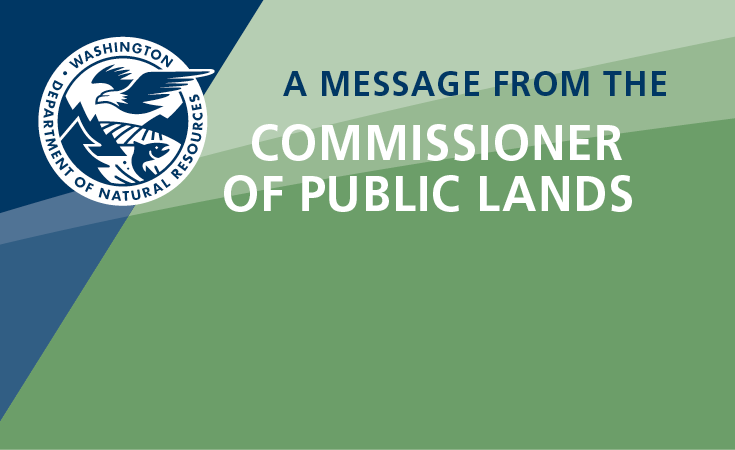
Aquatic Lands Habitat Restoration Program
Restoring Washington's Waterways
Since 2003, DNR has been supporting and leading restoration projects throughout Washington State to ensure restoration of estuaries, shorelines, and bedlands. DNR collaborates with a wide variety of groups/organizations to achieve shared goals to restore aquatic lands and habitat forming processes. Partnerships have included removing bulkheads, constructing engineered log jams, planting eelgrass and removing barriers to reconnect estuaries to Puget Sound. See a few examples of projects listed on the left.
If you know of a site with restoration potential, please contact us. DNR Aquatic Resources has three districts across the state, each has an Aquatic Restoration Manager.
Our Approach to Puget Sound Recovery
Adaptation to Climate Change: The impacts of sea level rise, altered hydrologic regimes, increased occurrence and severity of wildfire, and increased average temperatures will stress the aquatic ecosystems DNR manages. Our restoration efforts consider these stressors and seek to increase ecological resiliency and adaptation.
Riparian Restoration: We partner with federal, tribal, state, and private organizations to restore riparian ecosystems. This work focuses on restoring the processes that control hydrologic and sediment regimes, floodplain and aquatic habitat dynamics and connectivity, and provide habitat for riparian species. We prioritize working in river systems that are degraded but still retain the basic ecological features, functions and process that make restoration more achievable; implementing projects at an ecosystem scale; employing landscape level planning and coordination with existing planning efforts; and working in areas where there are strong partnership opportunities.
Nearshore Habitat Restoration: We complete shoreline restoration, shoreline softening, estuarine wetland restoration, and pier and bulkhead-removal projects. We select projects based on their habitat gain and ecological value to state-owned aquatic land, where DNR teamwork will make the difference. With a network of government, Tribal, NGOs, and other community partners across the state, we are taking action to increase the resilience and advance the recovery of the Salish Sea.
Strategic Partnerships: As the manager of state-owned aquatic land, we leverage our unique proprietary position to support species conservation, habitat creation, and ecosystem-level restoration at a variety of scales and depths. We maintain a diverse suite of partnerships that support projects that include eelgrass restoration, salmon habitat restoration, native species reintroduction, derelict fishing gear removal, and other partnerships to achieve restoration, leveraging the over 2.6 million acres of state-owned aquatic lands DNR manages and contributing to our natural areas, state trust lands, forest practices, and wildfire program missions.

Before photo of bulkhead removal on Whidbey Island

After photo of bulkhead removal on Whidbey Island


